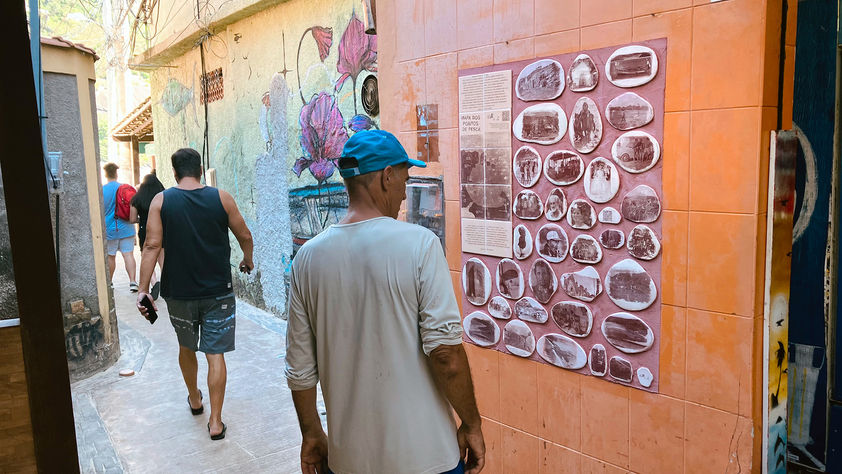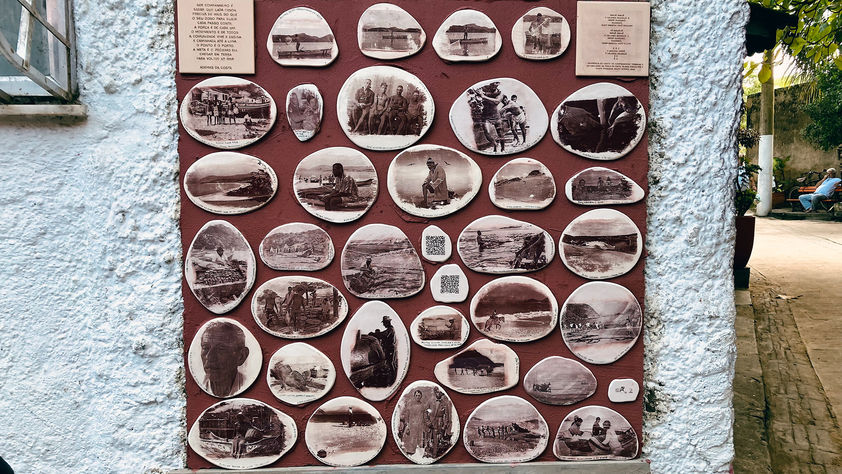Julia Grillo Botafogo
Location
Rio de Janeiro, Brazil
About
Julia Botafogo is a ceramicist and passionate photographer, as well as a producer and educator by training.
She holds a degree in Cultural Production from the Fluminense Federal University (2007), a Master's in Cultural Management from Carlos III University of Madrid (2010), and a teaching degree in Pedagogy (2019).
Her work intersects with visual arts, photography, traditional communities, intangible heritage, memory, oral history, human rights, alternative education, impact cinema, and agroecology.
She is the founder of "Cerâmica Julia Botafogo" (2017) and the creator of the "Arte Pública Cerâmica" label, which involves the installation of photoceramic and tile painting panels in Niterói, Petrópolis, and Silva Jardim in the state of Rio de Janeiro. Julia was a guest artist at the collective exhibition in honor of singer and songwriter Milton Nascimento (Salvador, 2023).
She is a co-founder of "Geodésica Produções, "Escola da Mata Atlântica" and "Ponto de Cultura Caipira".
Highlights of her career include winning the "Rumos Itaú Cultural" award with the "Imagens Expandidas" project (2014) and the "Imagens da Memória" award from Fundação Palmares for the short film "Canta um Ponto" (2015). Julia chose Aldeia Velha, a rural district in Silva Jardim, Rio de Janeiro, to build her house/studio (2017).
Artist Statement
Public Ceramic Art is a label that establishes a dialogue between photography, handcrafted ceramics, and cultural heritage. Its objective is the free creation of photoceramic panels that enhance local heritage, permanently installed in public spaces.
The initiative views photography as a tool for subjective communication and seeks to work with art as a conceptual key for transformation. It allows a multicultural approach, aiming not only to value the community but also to transform the public's perception of that community, provoking through aesthetic experience a deeper understanding of its importance in the cultural and economic fabric of the region.
The photoceramic panels stimulate the knowledge and recognition of the place's history and ancestry. They value and disseminate its memories, which are fundamental in the maintenance and conservation of the place. The idea is to create a circuit where the viewer can, through art, enjoy different information, recognise themselves AND discover cultural diversity.
With clay and iron oxide, the unique panels remain permanent in the territory, as the ceramic support is resistant to climate – sun, rain, and sea air – and chronological time will span many generations.
Thus, we ask what we want to eternalize, what we want to share with future generations?






